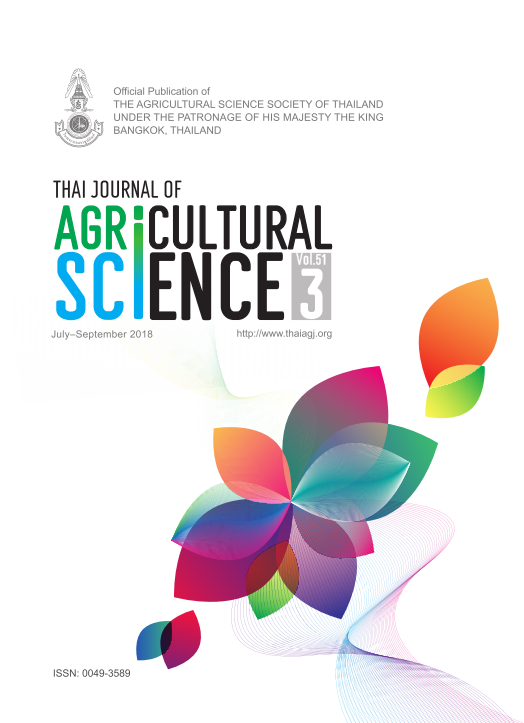Biomass Yield and Hay Quality of Irrigated Brachiaria ruziziensis Fertilized with Goat Manure as Dry Season Forage
Main Article Content
Abstract
Shortage of forage during the dry season has remained a major challenge for improved ruminant production in most tropical countries. For successful ruminant production, high forage yield and quality are required. This study evaluates the biomass yield and hay quality of irrigated Brachiaria ruziziensis as influenced by five different rates of goat manure application (0, 5, 10, 15 and 20 t/ha DM). Treatments were arranged in a randomized complete block design with five replicates. The grass was cut back to 15 cm stubble height at the commencement of the study after which two consecutive cuts were made at 45−day intervals. Samples from the treatments were stored for 3 months from which aliquots were taken monthly and analyzed. Results showed that dry matter yield of Brachiaria ruziziensis increased (P < 0.05) with increasing rates of goat manure application rates, up to 5.26 t/ha in the first harvest and to 8.16 t/ha in the second cut for plots fertilized with 20 t/ha of manure. The crude protein concentration of Brachiaria ruziziensis also increased (P < 0.05) from 7.38 to 12.90% for 0 to 20 t/ha goat manure application rates. As the length of storage of Brachiaria ruziziensis hay increased, dry matter and fibre fraction concentrations increased but crude protein concentration decreased (P < 0.05). The study concluded that increasing rate of goat manure application up to 20 t/ha enhanced the dry matter yield and crude protein concentration of Brachiaria ruziziensis.


